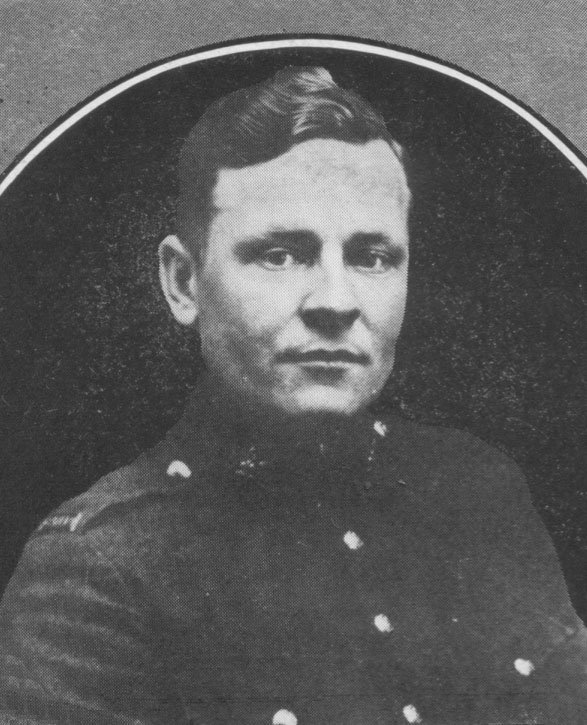close
News
Date published:
November 7, 2025
Sergeant Robert Spall was born on 5 March 1890 in Ealing, Middlesex, England. He immigrated to Canada as a young man and was living in Winnipeg, Manitoba, when he enlisted in the Canadian Expeditionary Force. Like many who settled in Western Canada before the war, he found work in the growing urban centre as a customs broker before volunteering for overseas service.

Spall enlisted in July 1915, joining the 90th Battalion, Canadian Expeditionary Force, which later became part of the Princess Patricia’s Canadian Light Infantry (PPCLI). The PPCLI was among the first Canadian infantry units to reach the Western Front, and its members would serve continuously through some of the most demanding battles of the war.
By 1918, Spall had risen to the rank of sergeant and was serving with distinction. During the final months of the war, the PPCLI took part in the Allied “Hundred Days” offensive, a series of rapid advances beginning with the Battle of Amiens and continuing through northern France.
On 13 August 1918, near Parvillers, France, Sergeant Spall’s platoon became isolated during a German counter-attack. Realizing the danger to his men, he took decisive action. According to his official citation published in The London Gazette on 26 October 1918:
“For most conspicuous bravery and self-sacrifice when, during an enemy counter-attack, his platoon was isolated. Thereupon Serjt. Spall took a Lewis gun and, standing on the parapet, fired upon the advancing enemy, inflicting very severe casualties. He then came down the trench directing the men into a sap seventy-five yards from the enemy. Picking up another Lewis gun, this gallant N.C.O. again climbed the parapet, and by his fire held up the enemy. It was while holding up the enemy at this point that he was killed. Serjt. Spall deliberately gave his life in order to extricate his platoon from a most difficult situation, and it was owing to his bravery that the platoon was saved.”

For his actions and self-sacrifice, Sergeant Spall was posthumously awarded the Victoria Cross, the highest award for valour within the British and Commonwealth forces.
He was 28 years old at the time of his death. His remains were never recovered, and he is commemorated on the Canadian National Vimy Memorial in France, which bears the names of the 11,285 Canadians who were missing with no known grave. His medals, including the Victoria Cross, British War Medal, and Victory Medal, are held by the Princess Patricia’s Canadian Light Infantry Regimental Museum and Archives in Calgary, Alberta.
Discover similar stories behind the 11,285 names engraved on the Canadian National Vimy Memorial with Living Stories, our interactive app. Scan a name at the monument or search online to explore the personal histories of those who served and sacrificed.
Download the app:vimyfoundation.ca/livingmemorialvivant
Check out our products in our boutique
View All Products


$ 39.99
$ 39.99
.png)
$ 60.00
$ 60.00